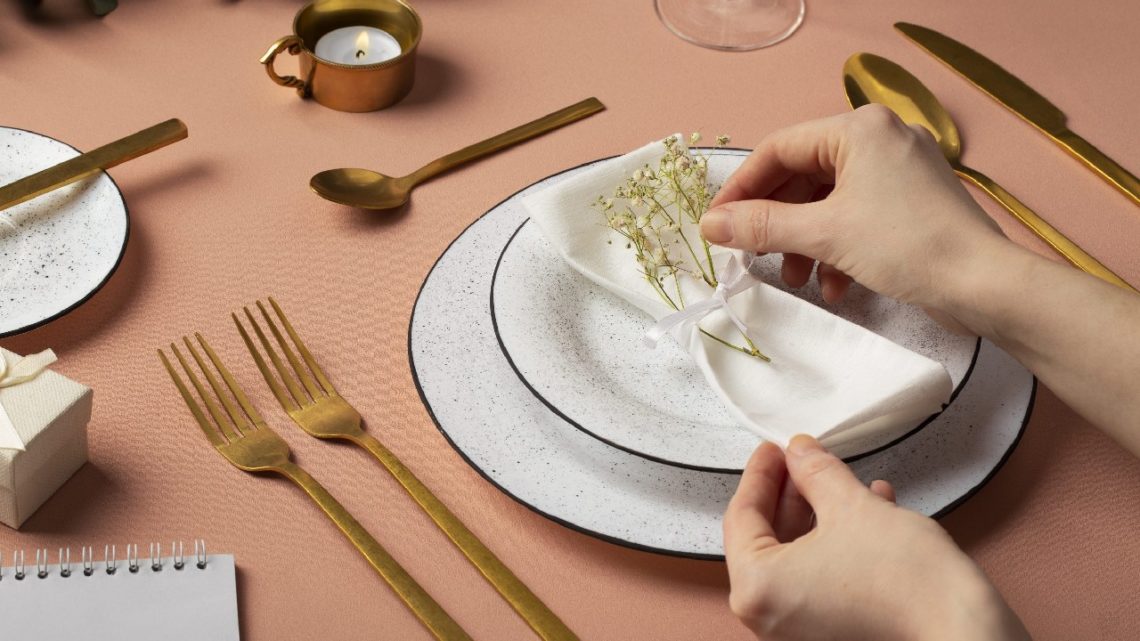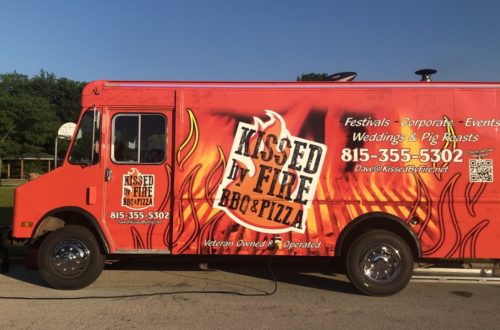Dining etiquette has always been a window into a culture’s values, customs, and social structures. Dining manners have a long and varied history in America, as varied and as rich as our own country. Eating habits have a long way to go; they have evolved a lot since the colonial times to the initial days of the 20th century, and they reflect some social, economic, and even technological alterations. Five fun and fascinating facts about historic table manners in America are provided to show much about the way people ate, socialized, and showed their esteem at the table many years ago.
1. Forks Were Once a Luxury
It may be hard to believe, but the fork was not a well-known utensil in early America. At the time of settlement of European settlement, the majority of the people used their hands or knives and spoons to eat. The fork was popular again only in the late 18th and early 19th centuries, greatly due to French dining manners. Before that, the use of a fork was quite pretentious or even weird. Americans took a long time to accept the fork as a common utensil, and it slowly gained popularity to be an important component of formal meals.
2. The Rise of the Formal Dinner Party
Colonial America was simple and informal. Nevertheless, by the 19th century, formal dinner parties came to be a significant social gathering, particularly among the rich. These dinners were ruled by certain principles, i.e., guests were seated at certain places, napkins were folded properly, and there were several courses of the meal, which were served in a particular way. Etiquette entailed all details down to holding a spoon to when one should commence a meal.
3. The Art of Passing Dishes
Serving dishes on the table was not as simple as it is nowadays. Passing food in historic American dining was a certain order and direction, and mostly to the right. Guests were supposed to serve passing of dishes politely and quietly to make sure that every person got a chance to serve themselves without the need to make noise. The given practice was determined by the significance of courtesy and attentiveness at the table, which demonstrated respect to a host and other visitors.
4. No Elbows on the Table – But Not Always!
The famous rule, according to which the elbows should not stay on the table, was not observed all the time. Traditionally, during early American history, humans were fond of resting their elbows on the table when eating, particularly during informal occasions. However, as eating became more formalized in the 19th century, the rule of no elbows on the table was turned into a song of the proper manners and decorum. Nowadays, it is one of the most well-known regulations of dining etiquette, yet it has evolved during the process of time on the basis of even less rigorous traditions.
5. Napkin Use Was Once a Big Deal
It was not always the case that napkins were thought to be an essential aspect of the dining set-up. Actually, in early American eating, it was common to carry the cloth napkins to a meal, particularly when one was out of their house. The shared linen napkin was adopted in the formal dinner during the course of time because it was a sign of respect and cleanliness. Not being able to know where and when to use a napkin, e.g., putting the napkin in your lap, or using your napkin to clean your mouth so people cannot see, turned into an issue that required good etiquette, and careless use of a napkin was embarrassing.
Explore more travel, lifestyle, and fashion blogs on Discovered.TV – Your one-stop destination for out-of-the-box content!





